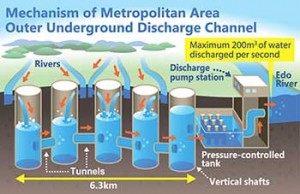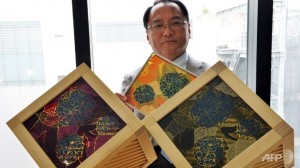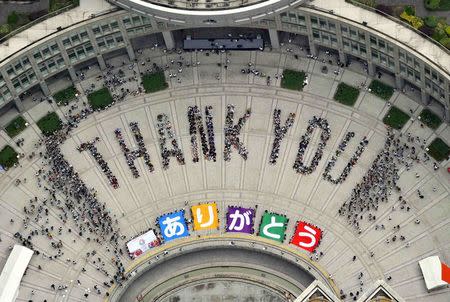Article: Fun Ways to Teach Kids Eco-Friendly Concepts
Mirai Hotaru Day (of which I loosely translate as Future Firefly Day) is an event organized by the Kitakyushu Environment Museum, said to heighten environmental awareness and to promote environmentally-friendly practices. As discussed by Kalland and Asquith (1997), nature is often polarized in two extreme ideals – domesticated and declawed or wild and bristling – with reality situating itself somewhere within the continuum. Nature as discussed within the article, and within the context of Mirai Hotaru Day, comes off as a haphazardly repackaged rawness – with talk of “global warming, nuclear energy, deforestation, pollution, toxic waste” (Kikuchi 2014).
In this representation of nature, both its destructiveness and its fragility are addressed. Acknowledging the very human faults behind environmental issues, the article claims that “teaching future generations not to repeat the mistakes we made needs a soft touch” (Kikuchi 2014). Following the driving cause and aspirations of Mirai Hotaru Day, the contents of the article, and the event, seem somewhat lacking. With reference to the muraokoshi undo movement, Moon (1997: 221) states that ‘[in] this fervent, often short-sighted and desperate desire to develop a tourist industry, anything that is thought to attract urbanites’ attention has been ‘wrapped’, advertised and sold as tourist commodities, and nature has been no exception”. Analysing the language used to advertise Mirai Hotaru Day, parallels can be drawn to the muraokoshi undo movement in its commodification of nature.
The propagandistic use of words ‘Mirai Hotaru’ is a clear case of glittering generalities and symbolic transfer. Both ‘future’ and ‘firefly’ are loaded words, aiming to evoke a sense of hope and an illusion of purity. Moon (1997: 224) posits “the existence of the insect […] as a symbol of unpolluted nature”. Further examination of Mirai Hotaru Day makes it clear that environmentalism remains prominently a form of branding.
Activities such as making kites or creating scented bath bombs from organic materials have little relation to the promotion of environmental protection. While it is arguable that soft selling the idea might be more effective with children, it can hardly be considered a ‘soft sell’ when aspects of environmental awareness are near invisible. Even the “highlight of the event […] a giant art installation resembling a starry sky, which visitors are asked to contribute to by adding their hand prints as symbols of hope for a better future” (Kikuchi 2014) presents an overly romanticized, prettied up caricature of mankind’s past interactions with nature, leaving the message lost under all its frills and fripperies.
References
Asquith, P. J. and Kalland, A. 1997. ‘Japanese Perceptions of Nature: Ideals and Illusions,’ in Japanese Images of Nature: Cultural Perspectives ed. Asquith, P. J. and Kalland, A., Curzon Press, UK: 1-35.
Kikuchi, D. 2014. ‘Fun ways to teach kids eco-friendly concepts’, The Japan Times, 15 May 2014.
Moon, O. 1997. ‘Marketing Nature in Rural Japan,’ in Japanese Images of Nature: Cultural Perspectives ed. Asquith, P. J. and Kalland, A., Curzon Press, UK: 221-235.


